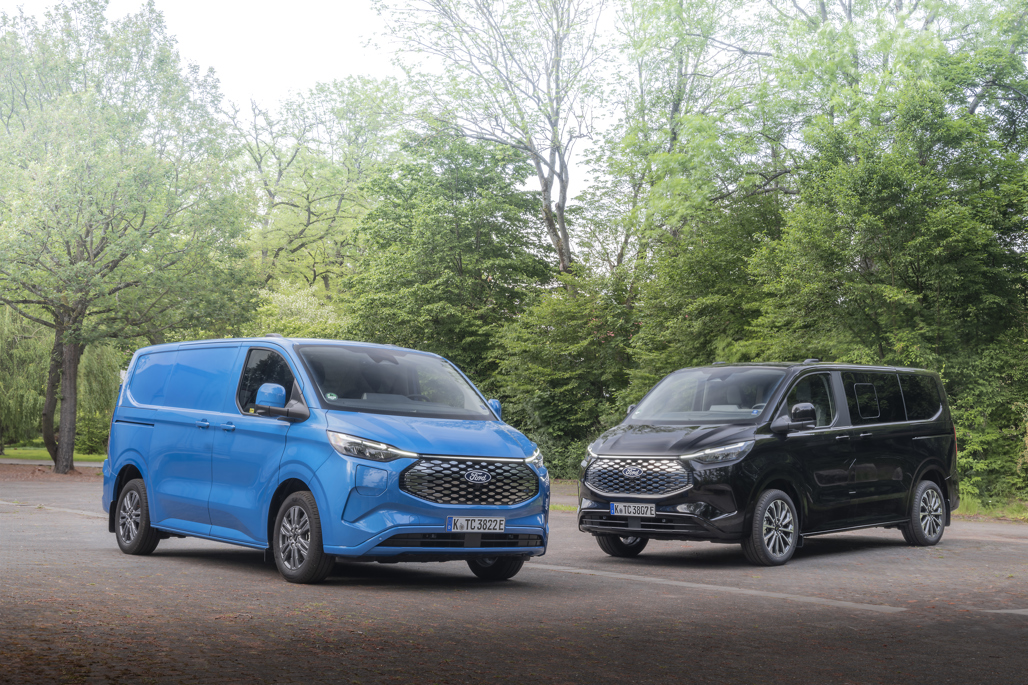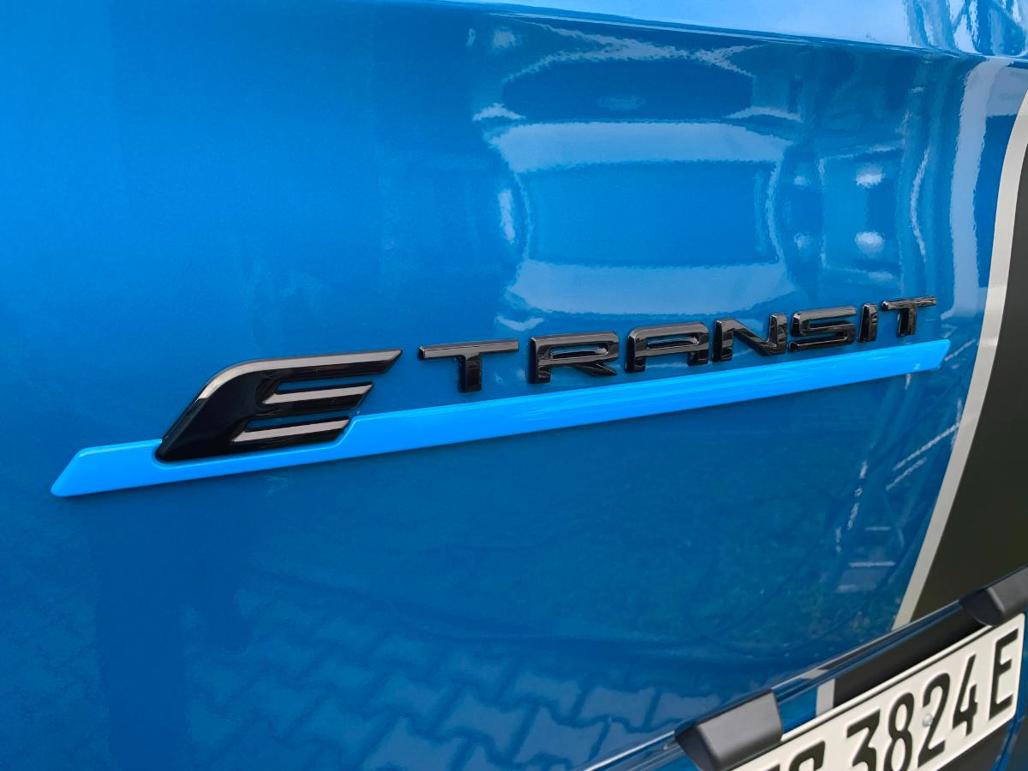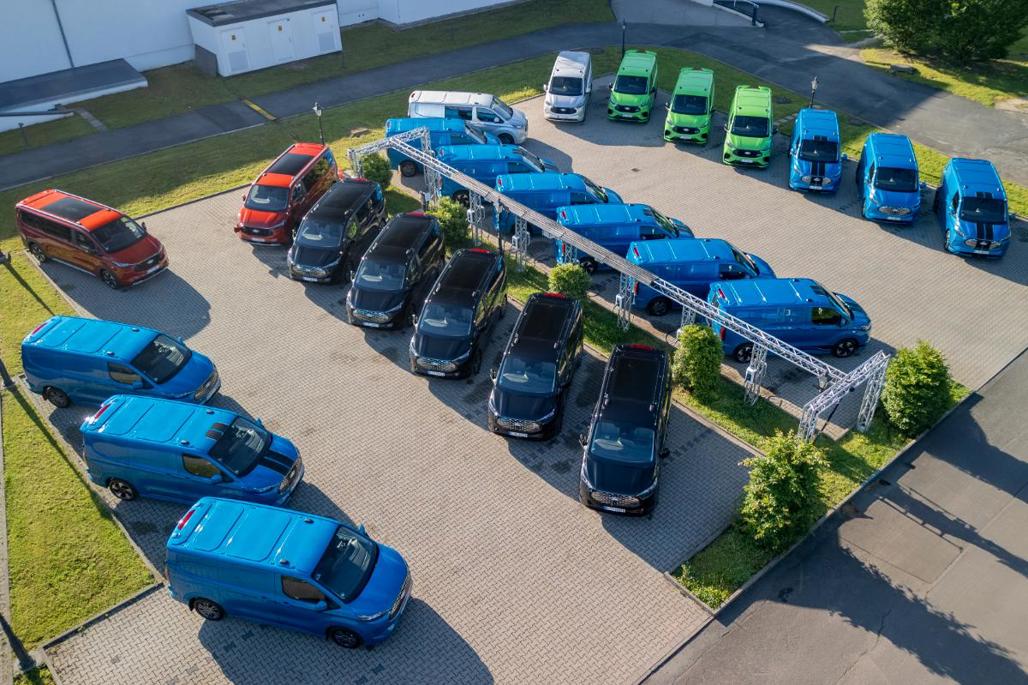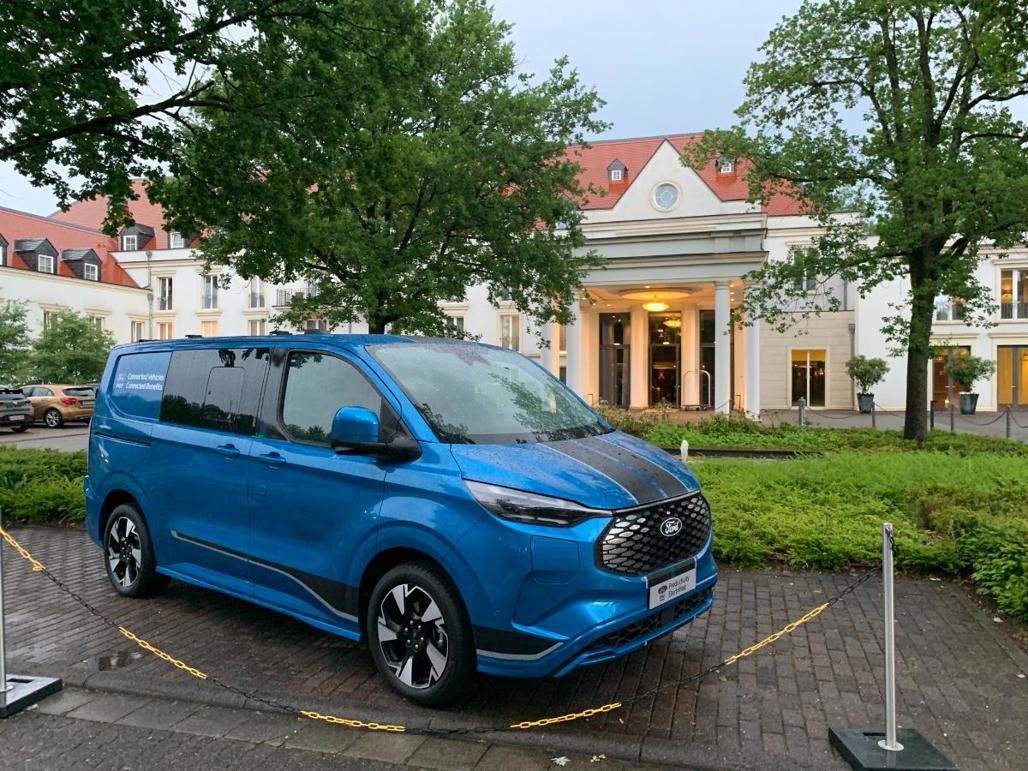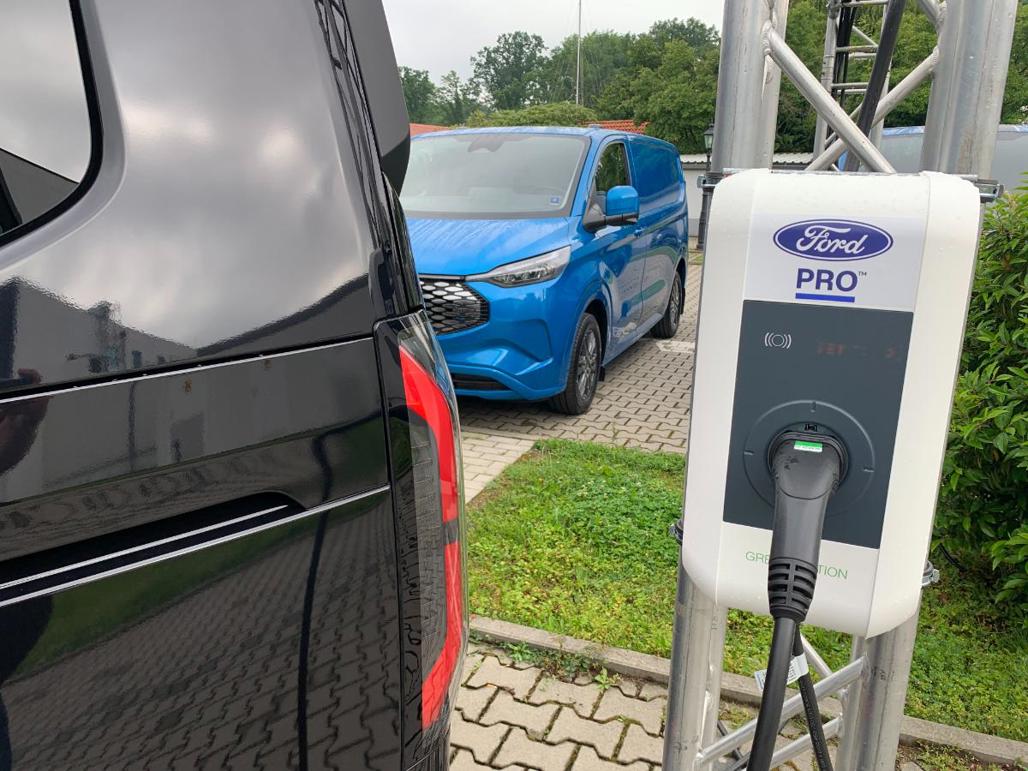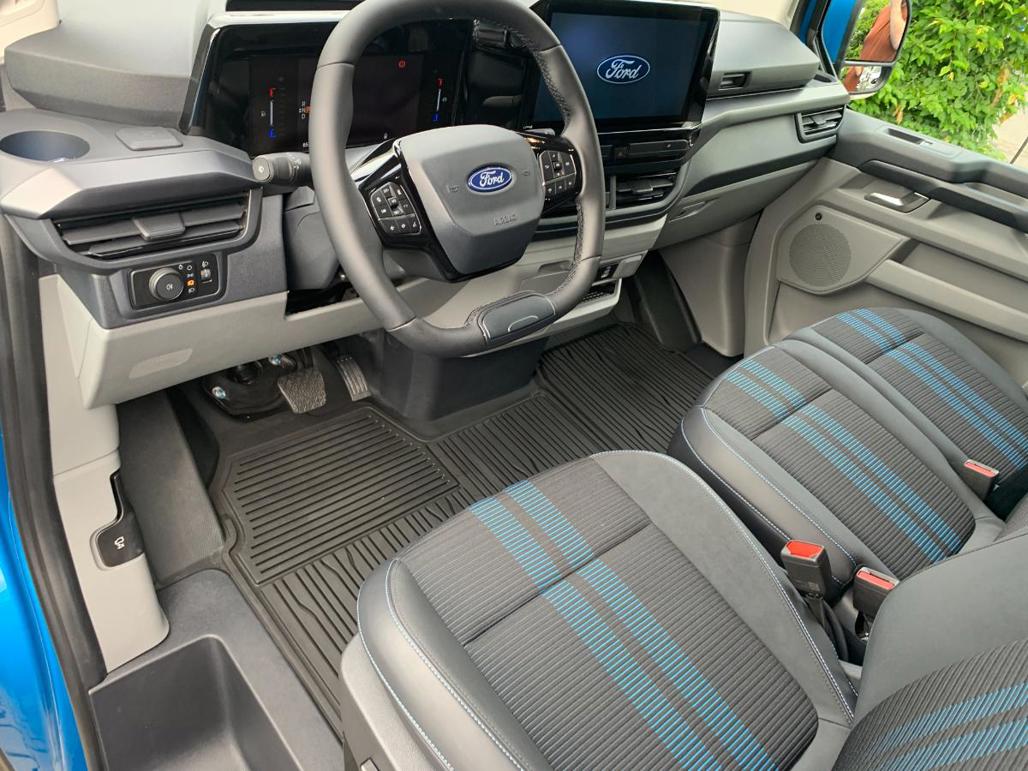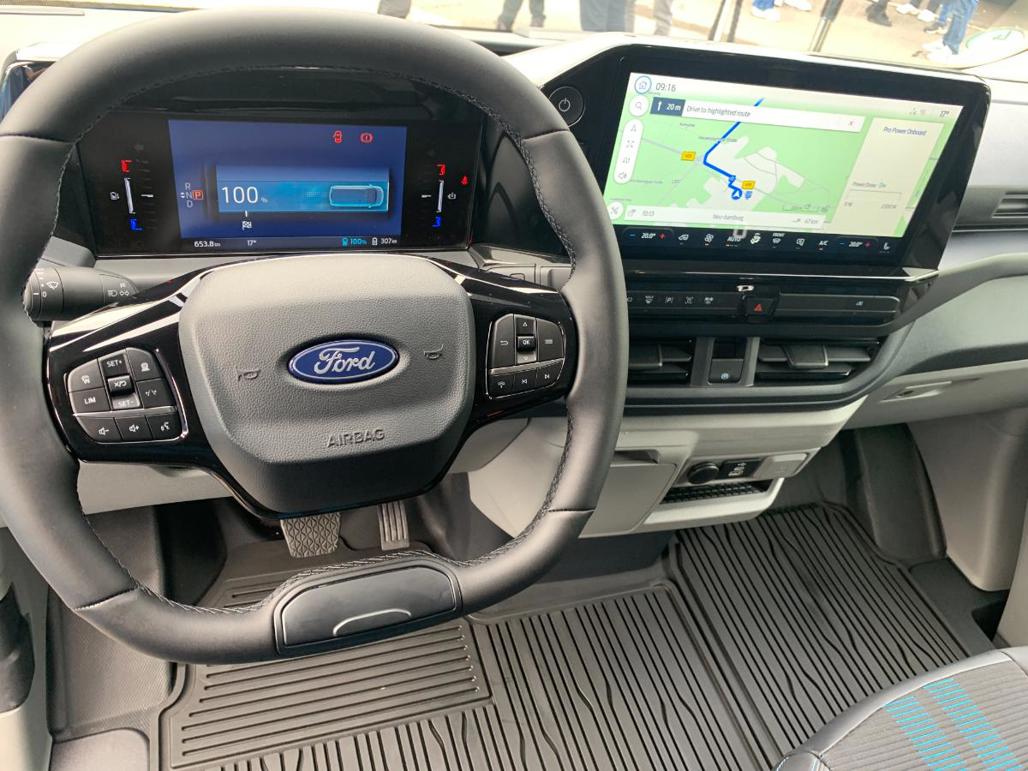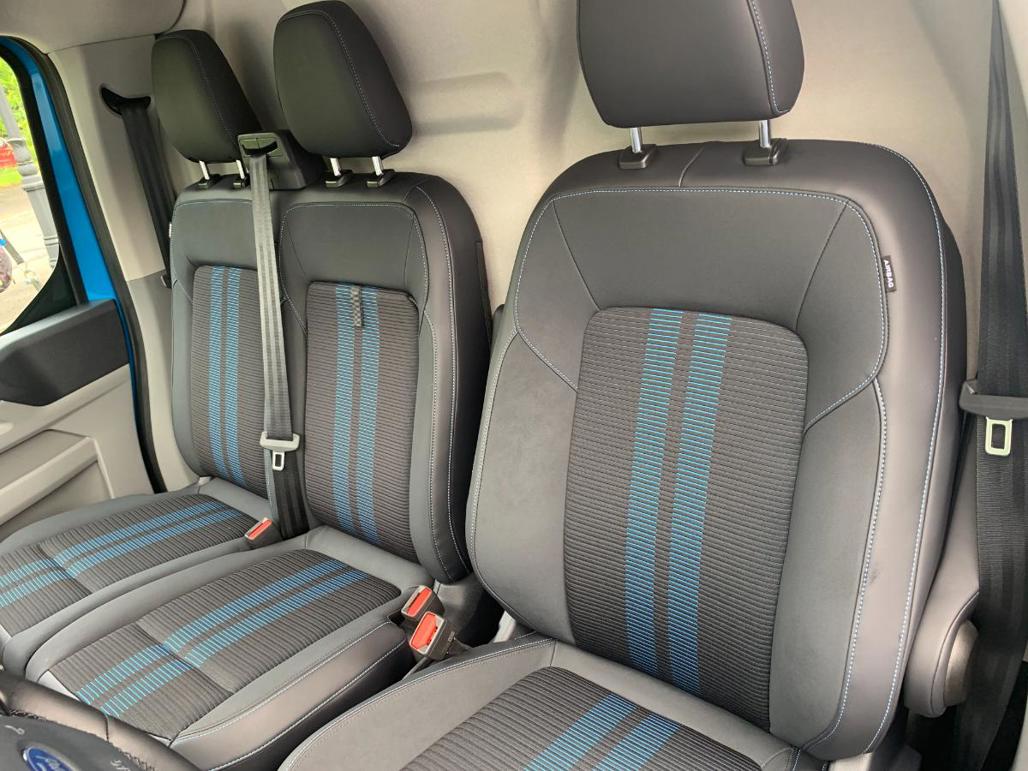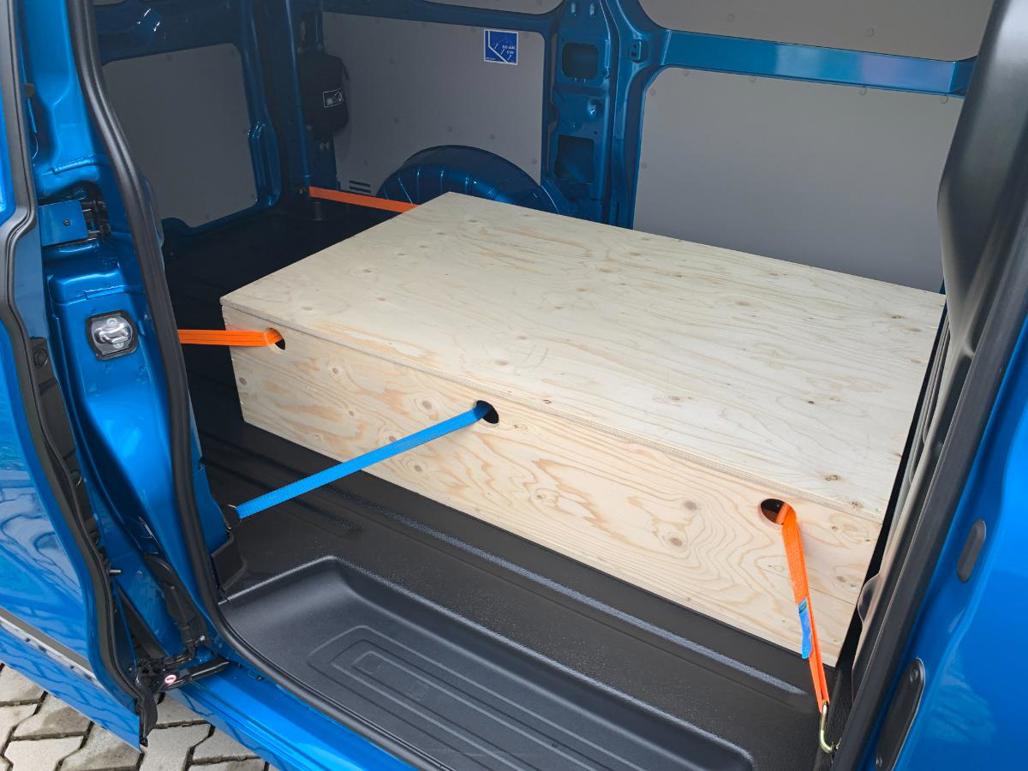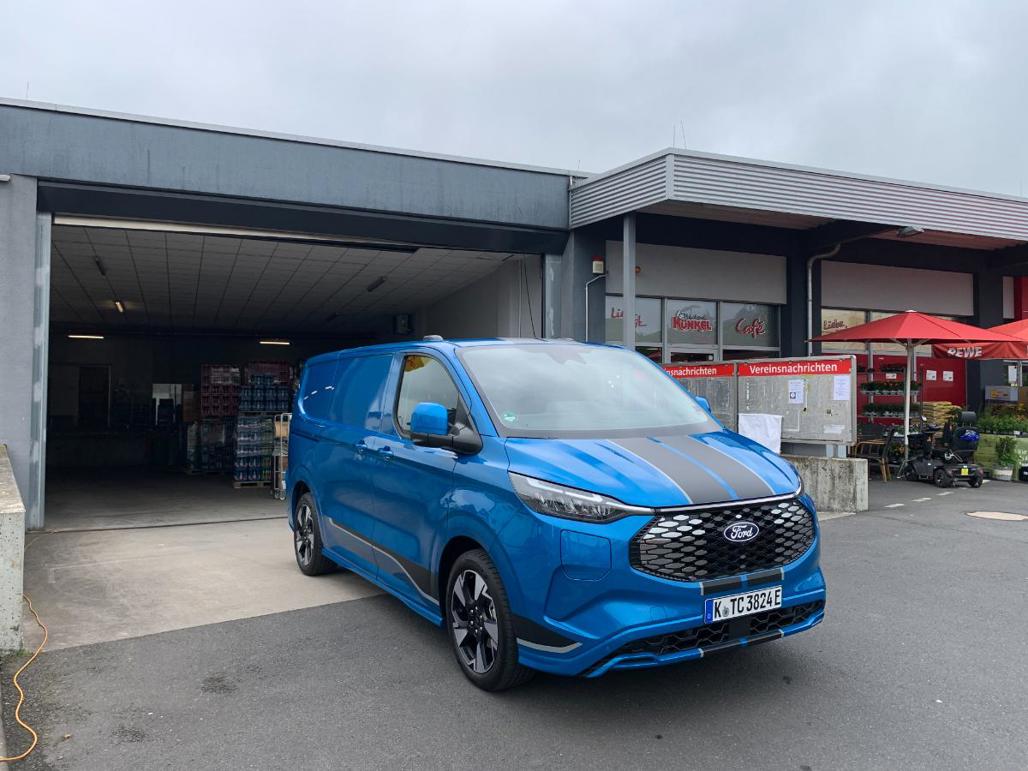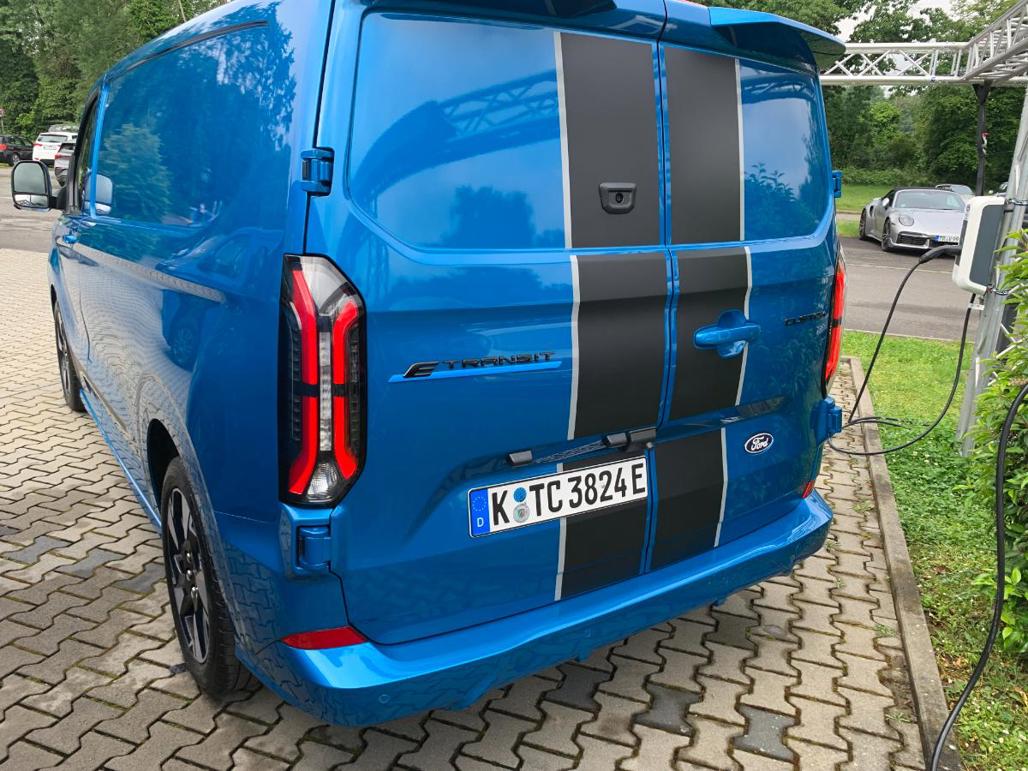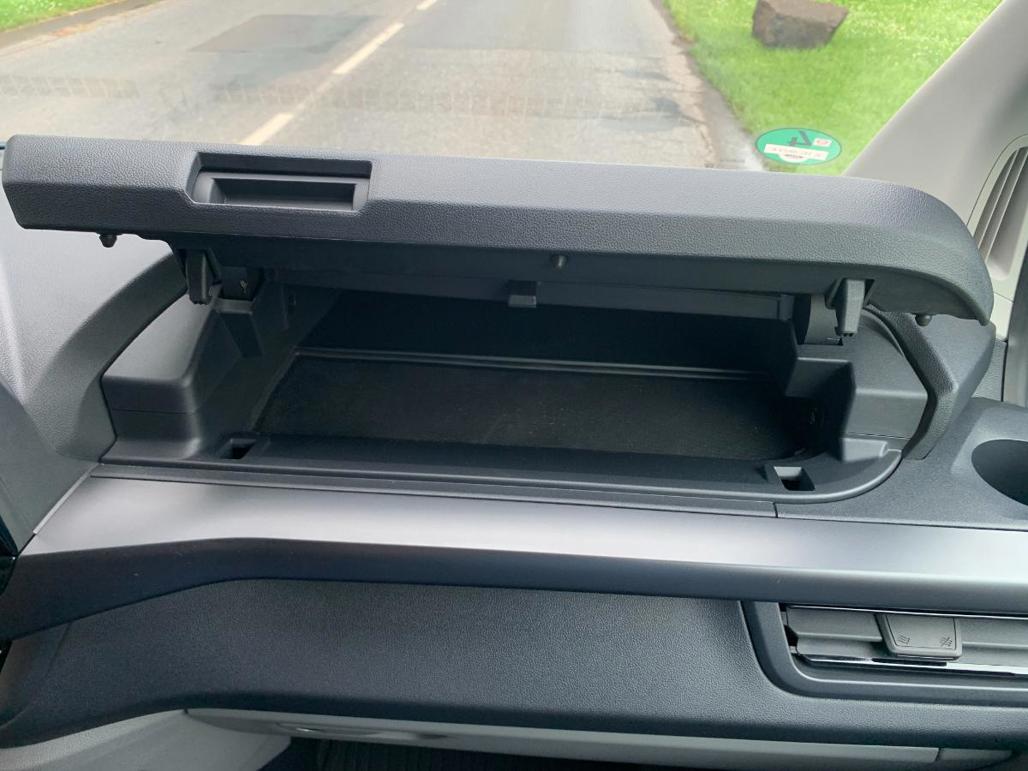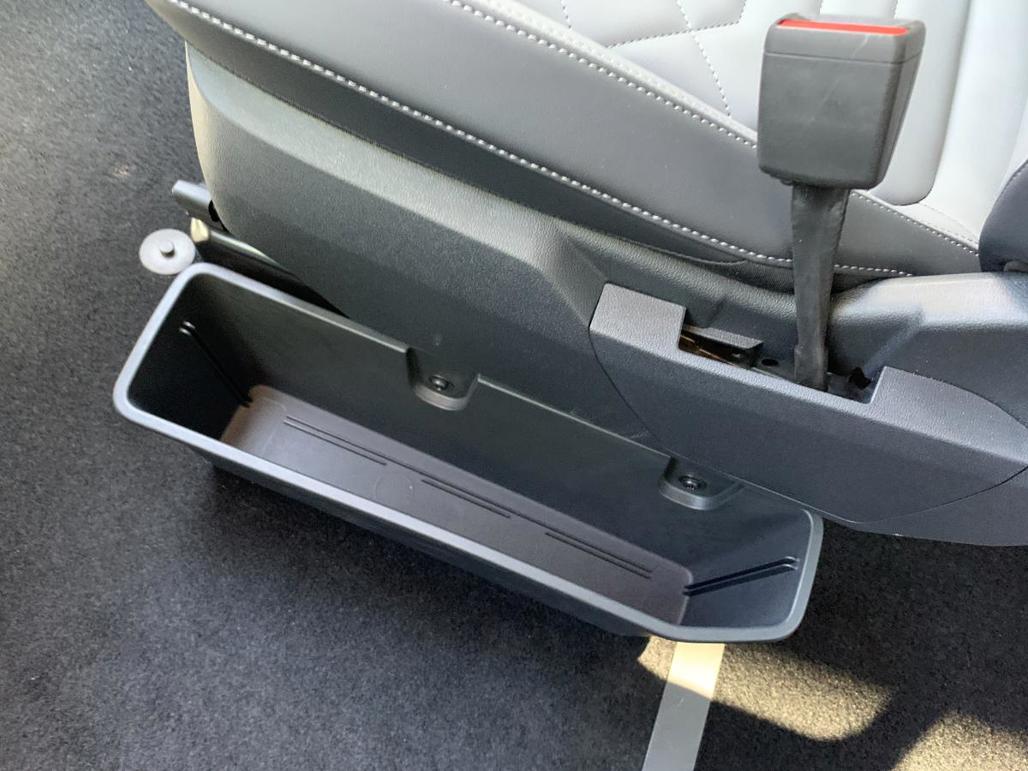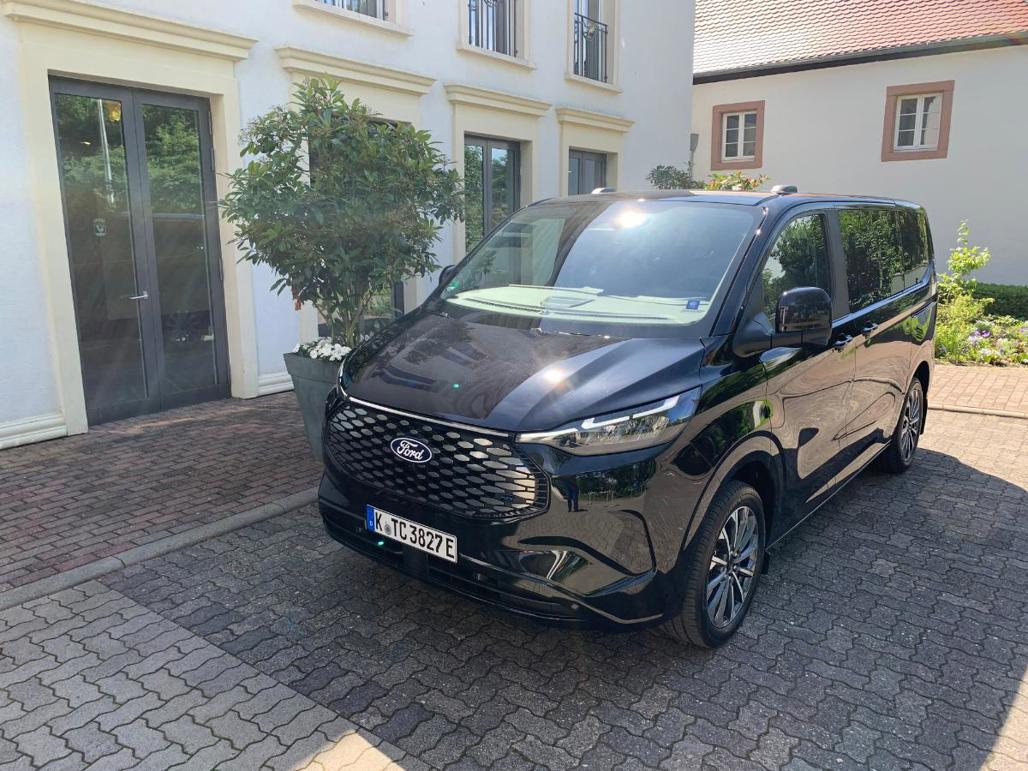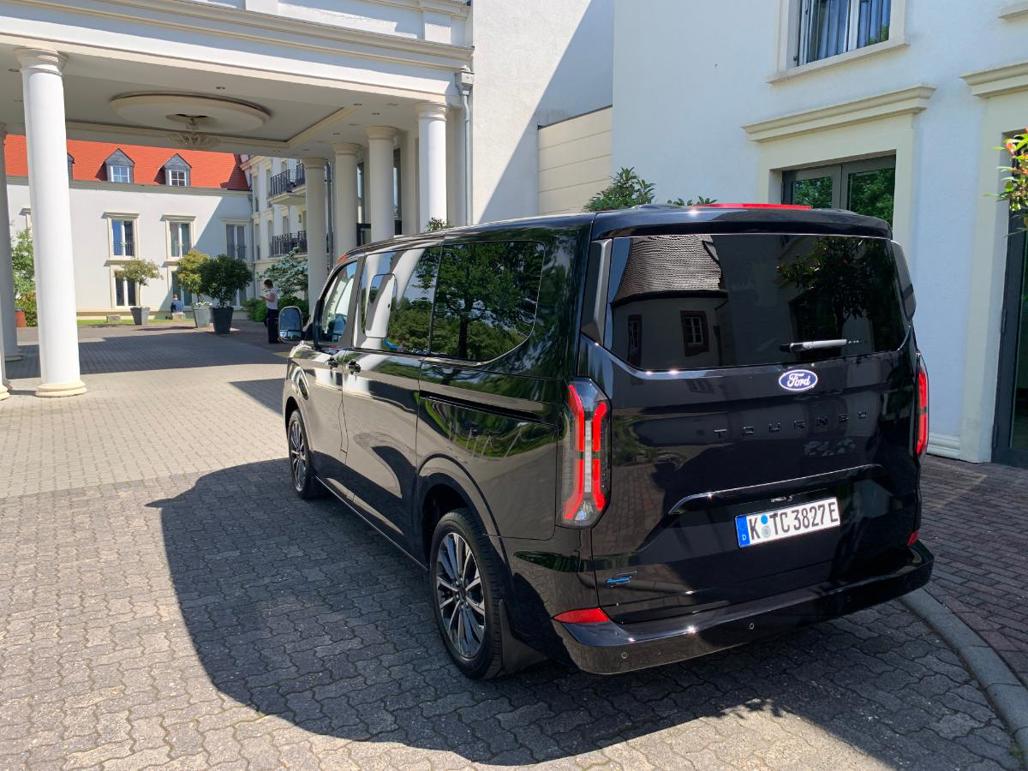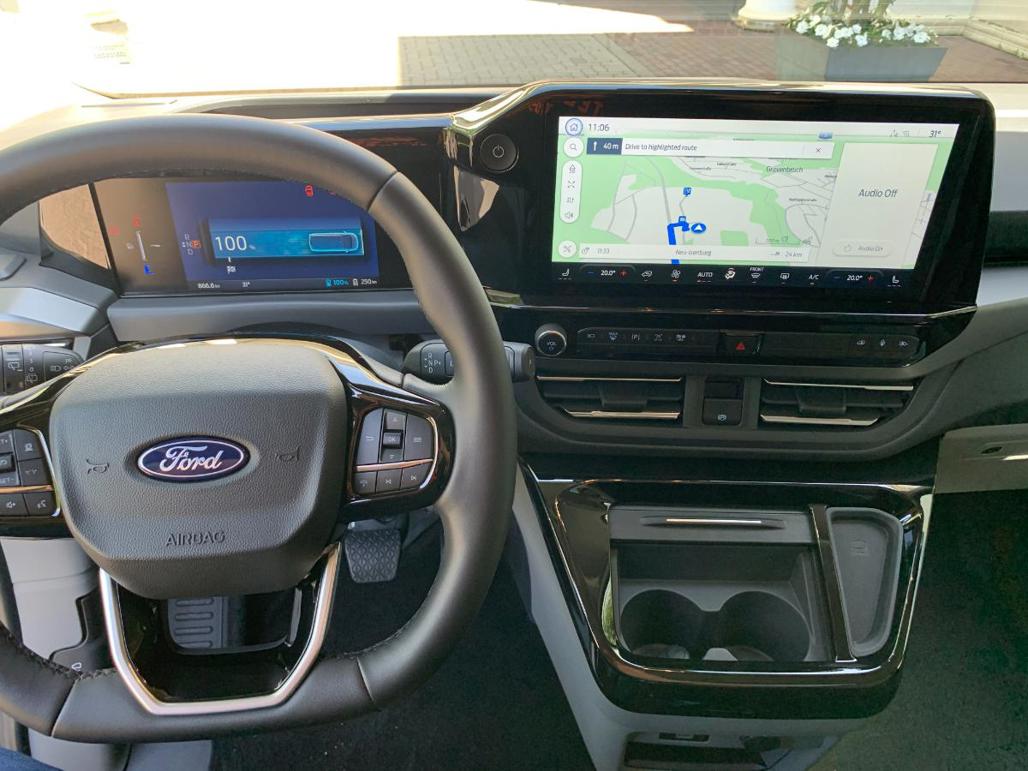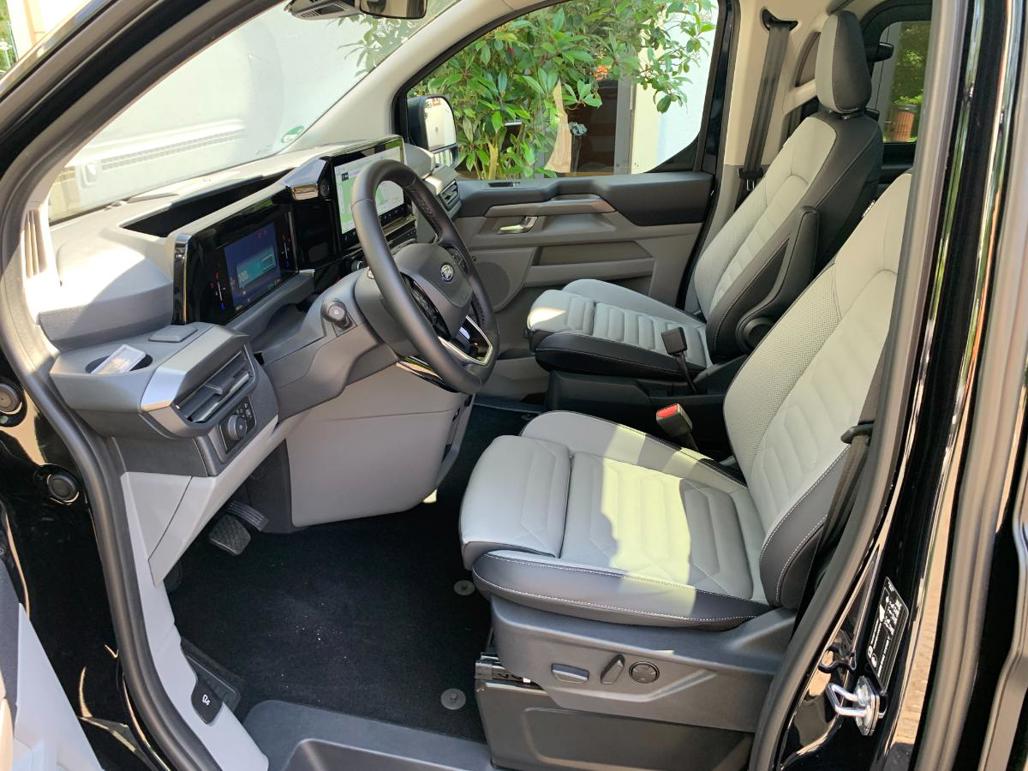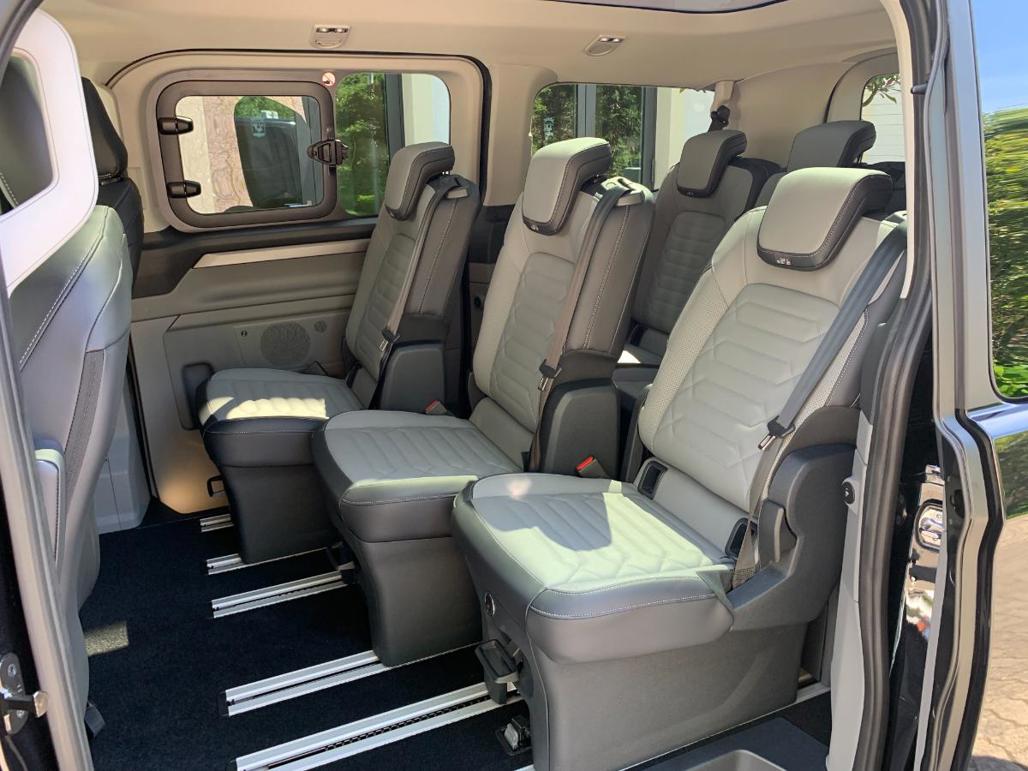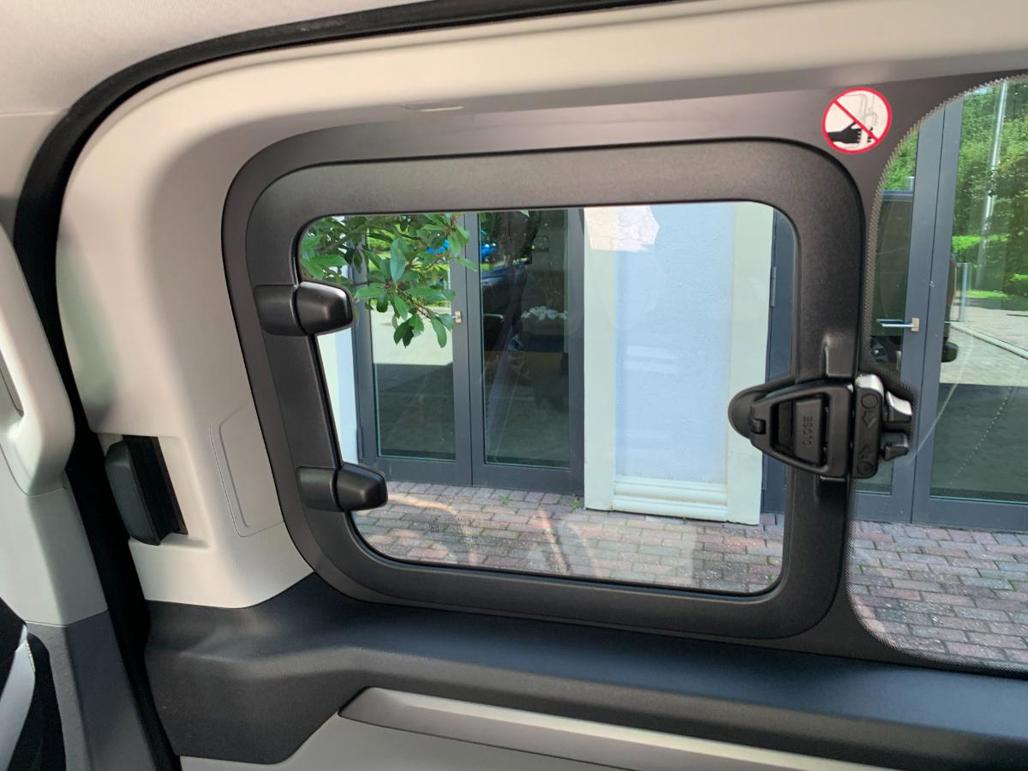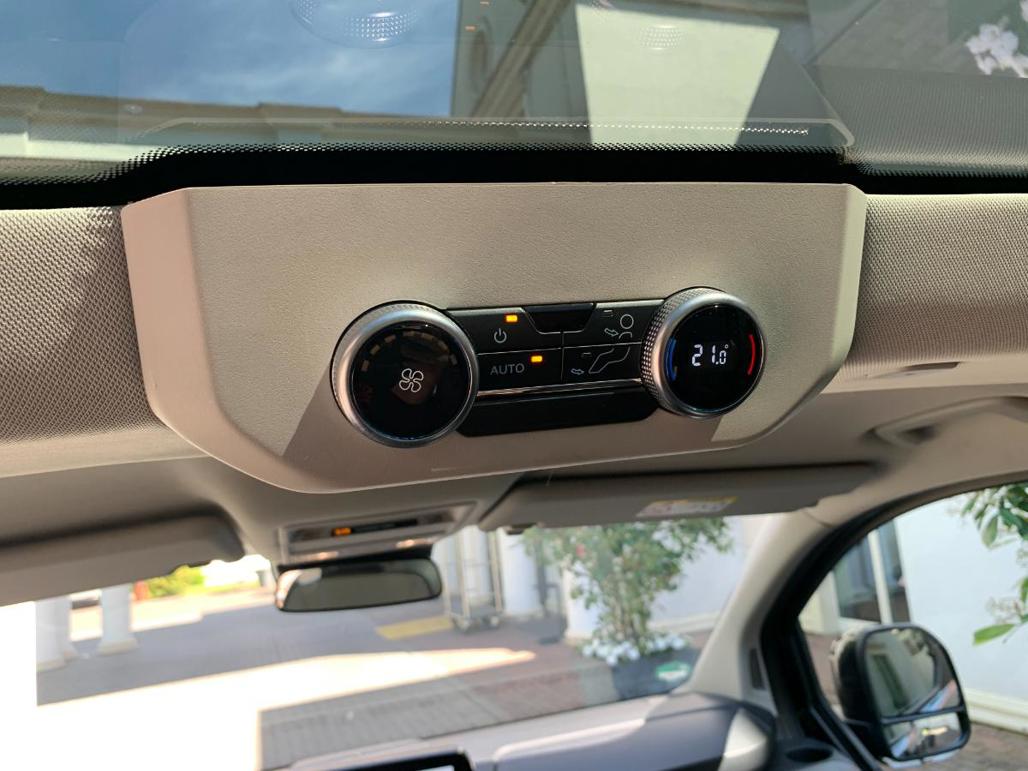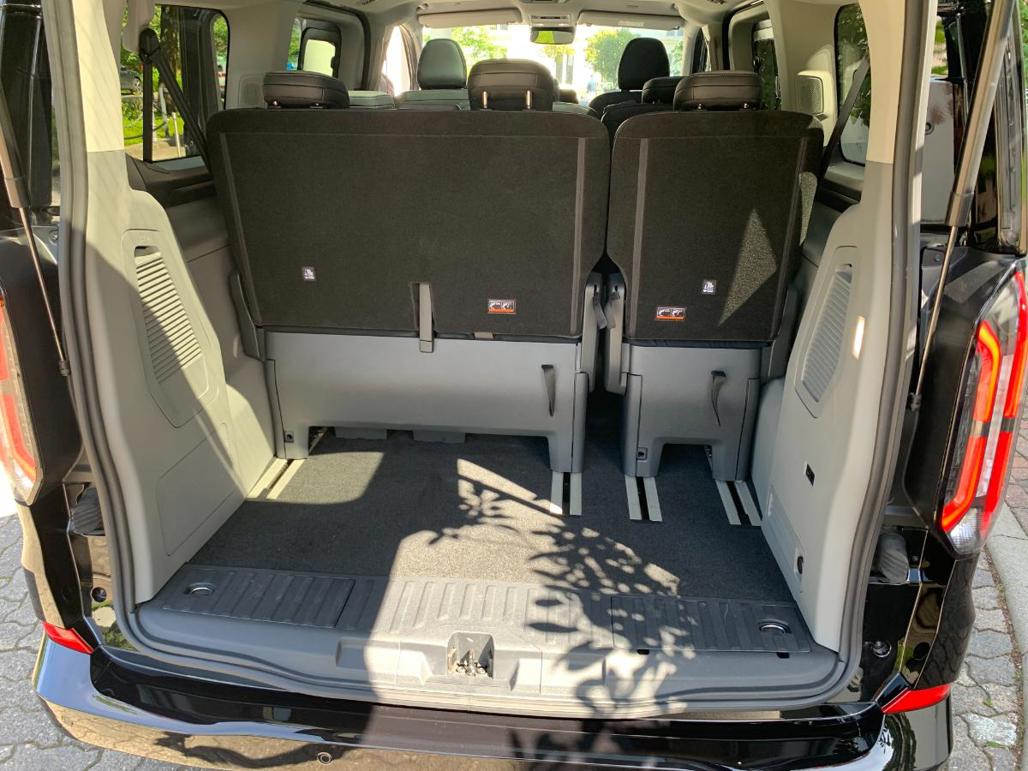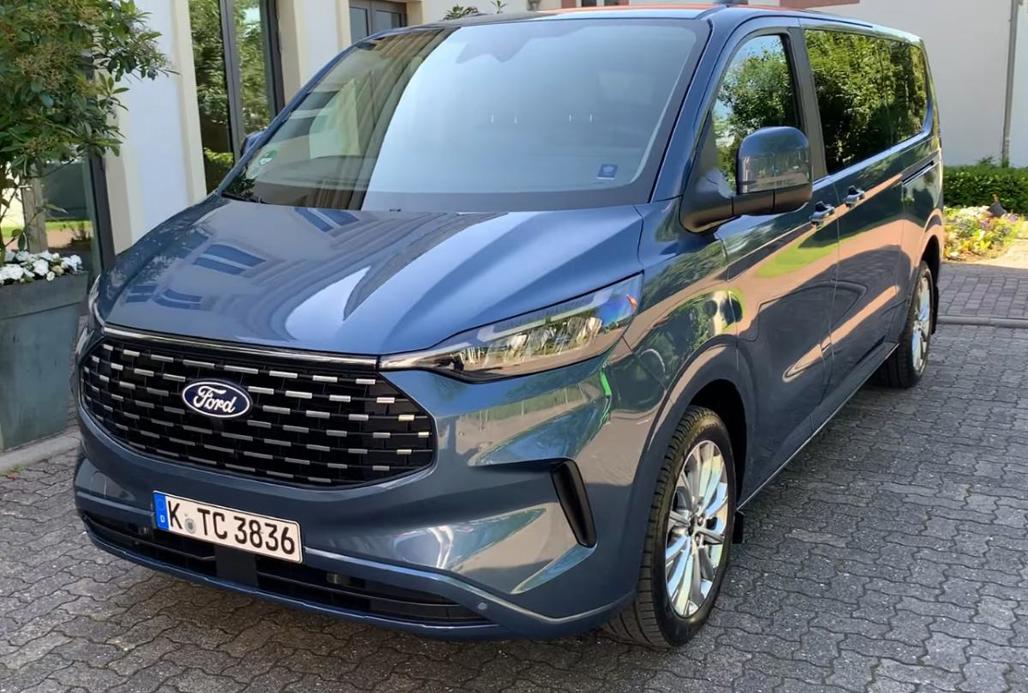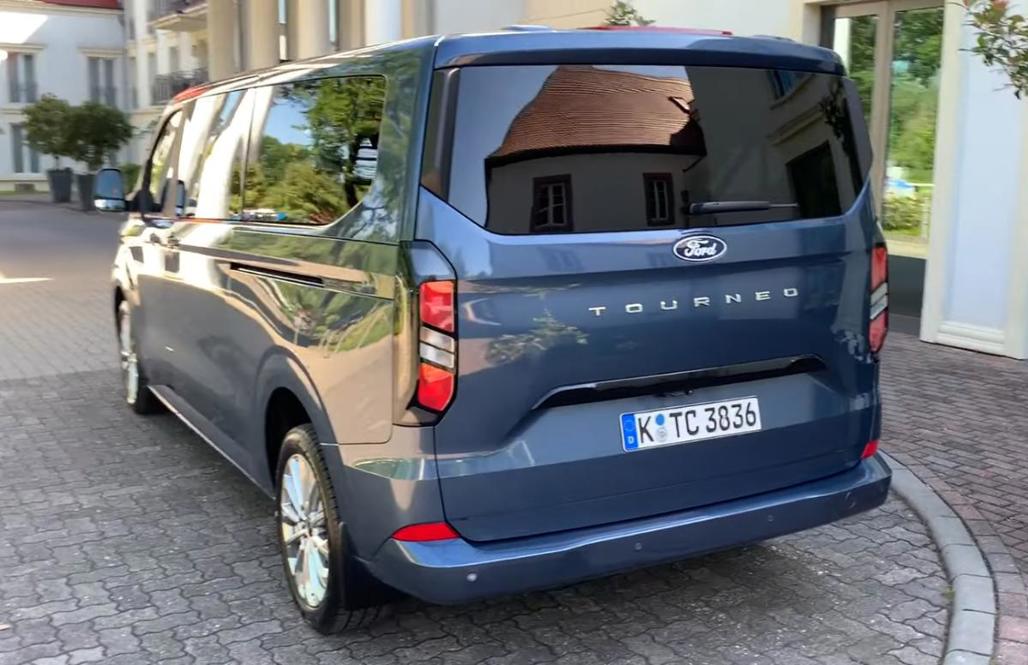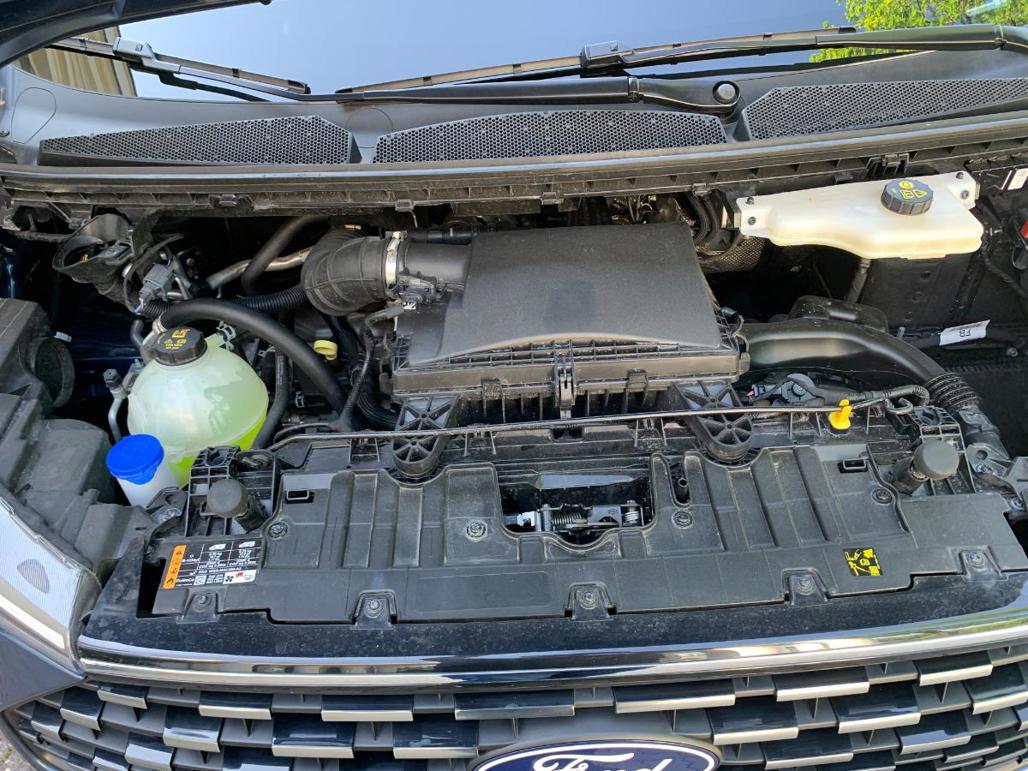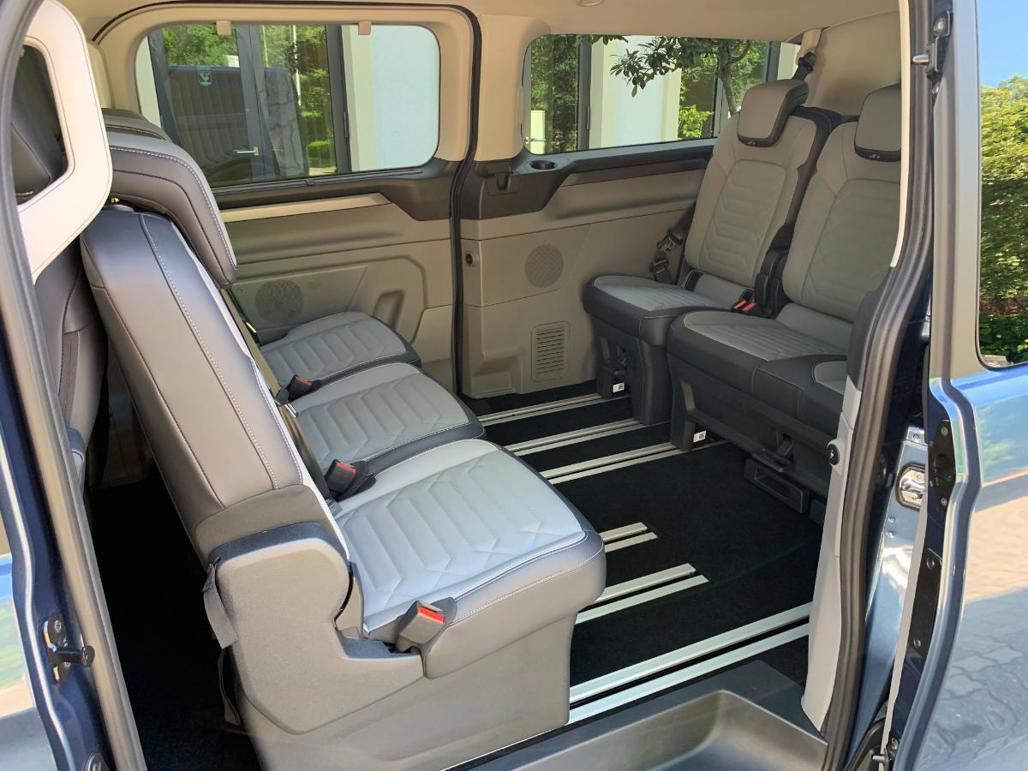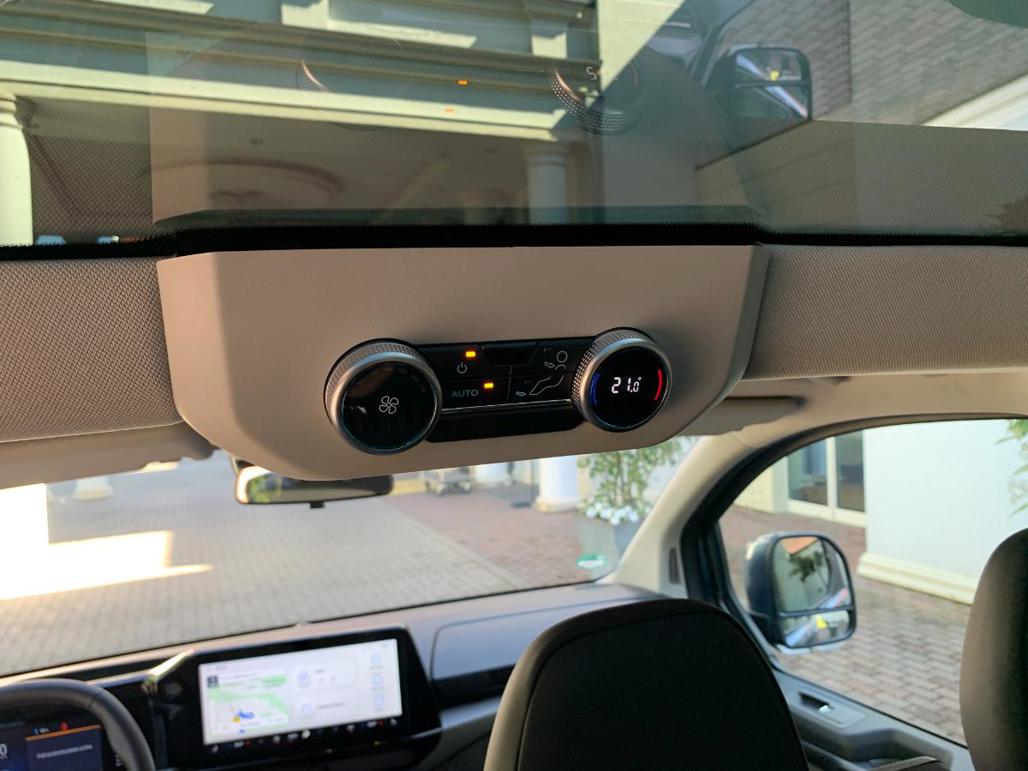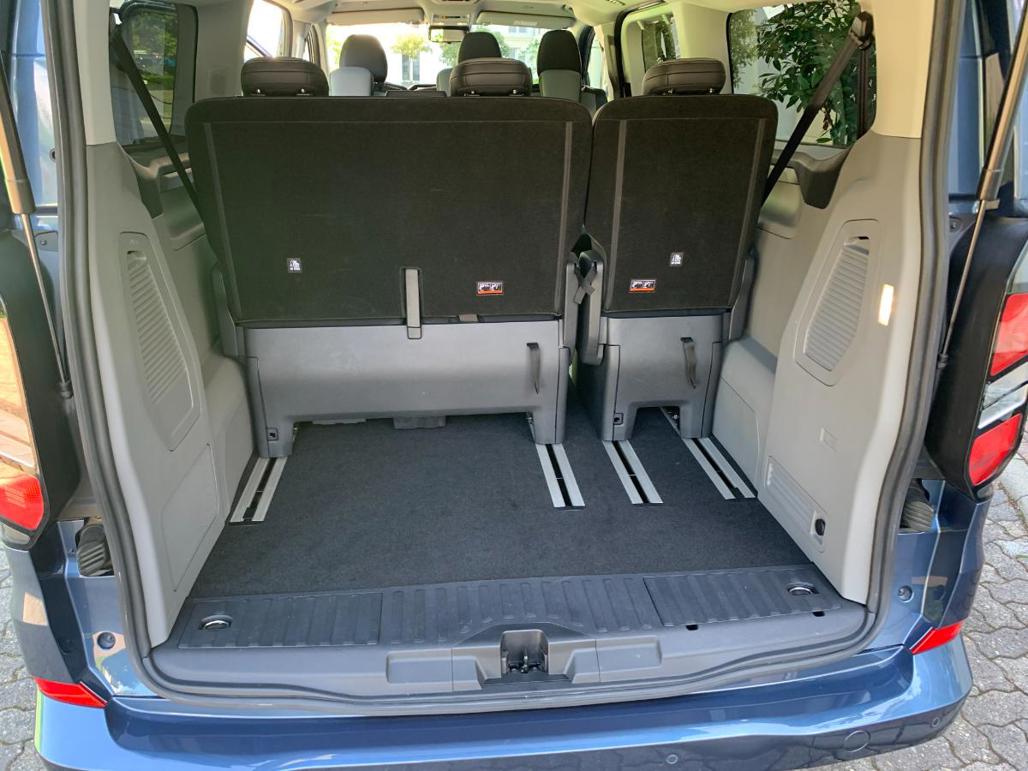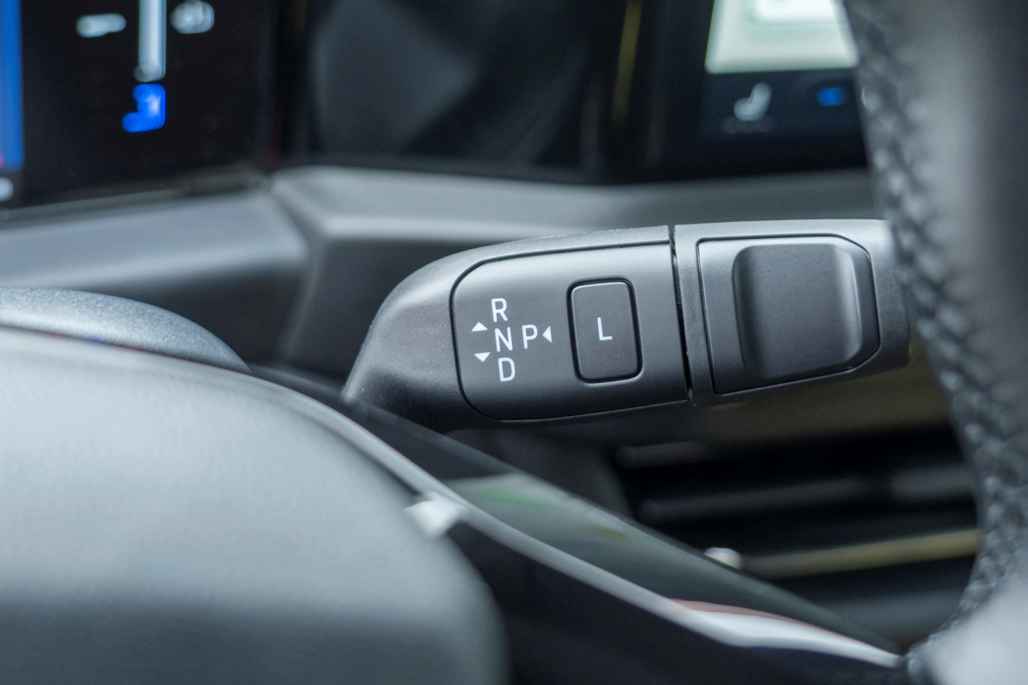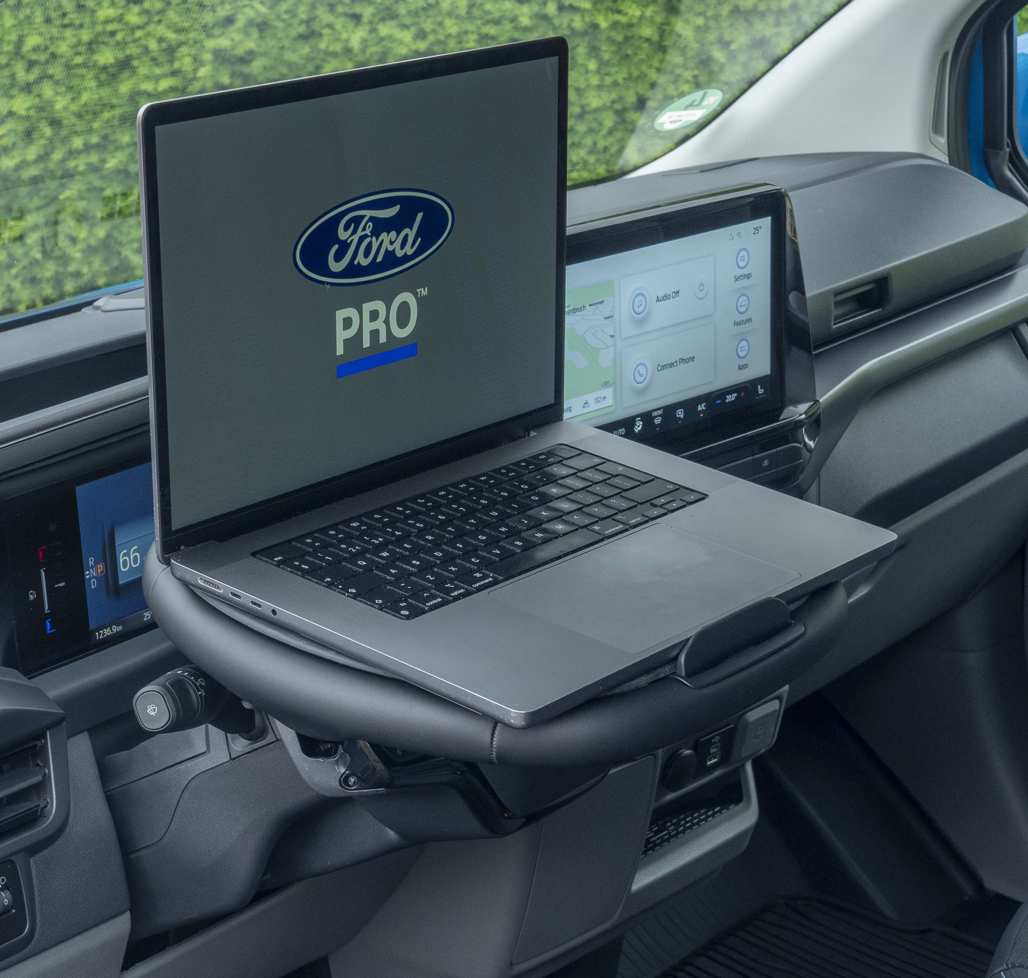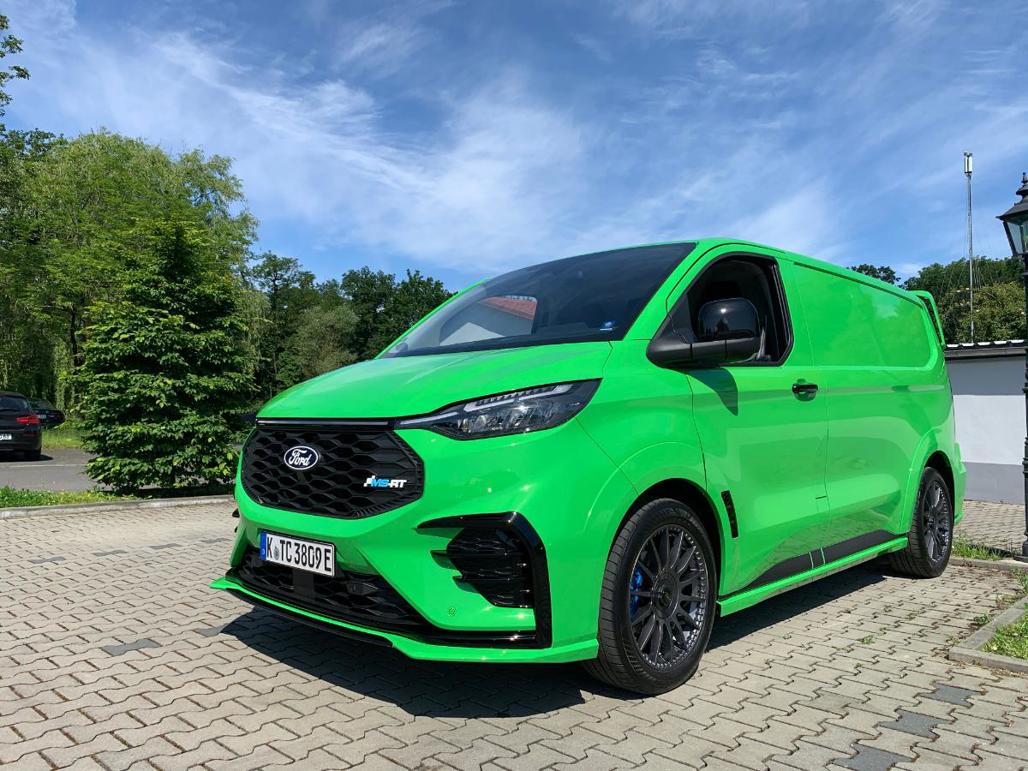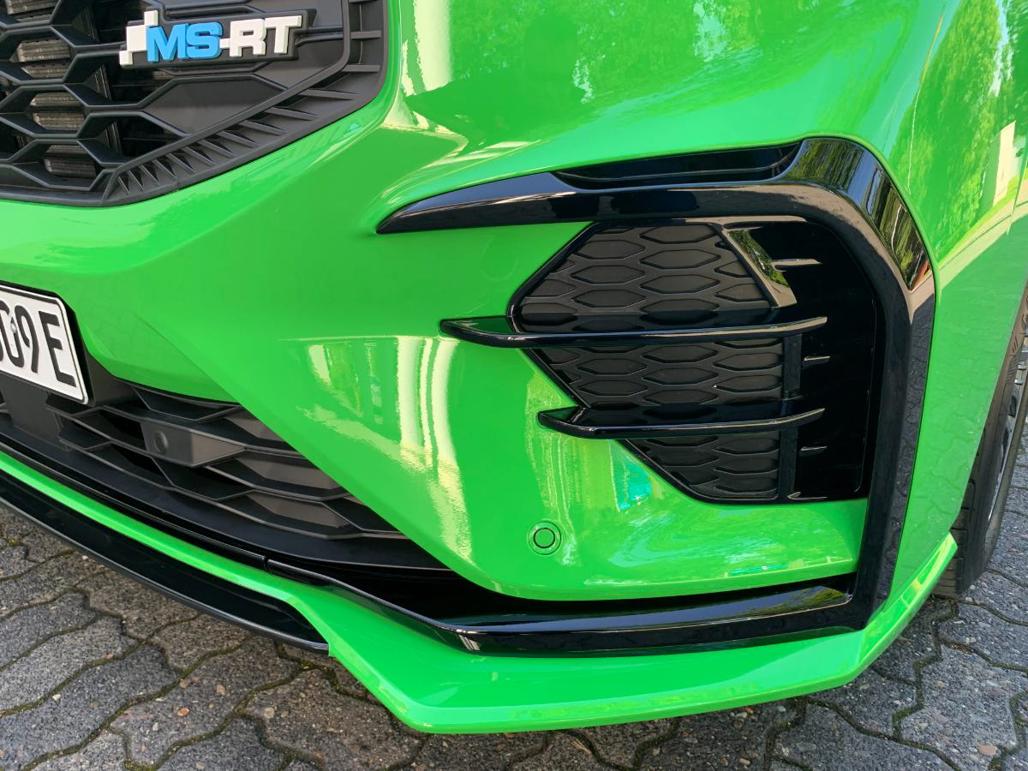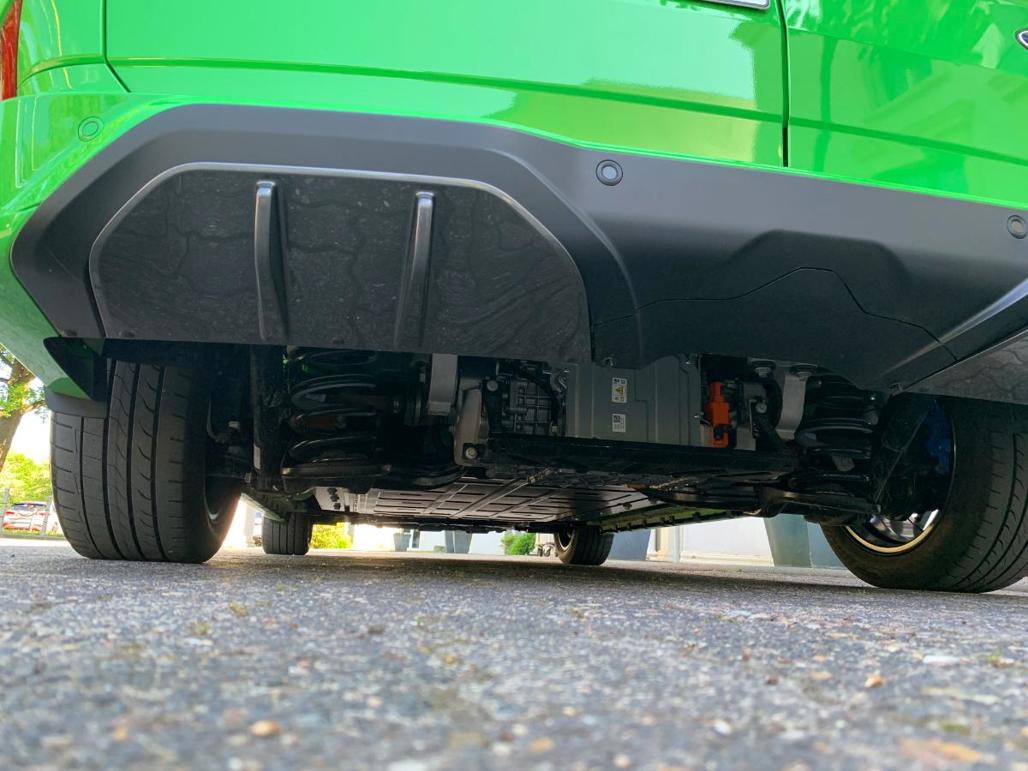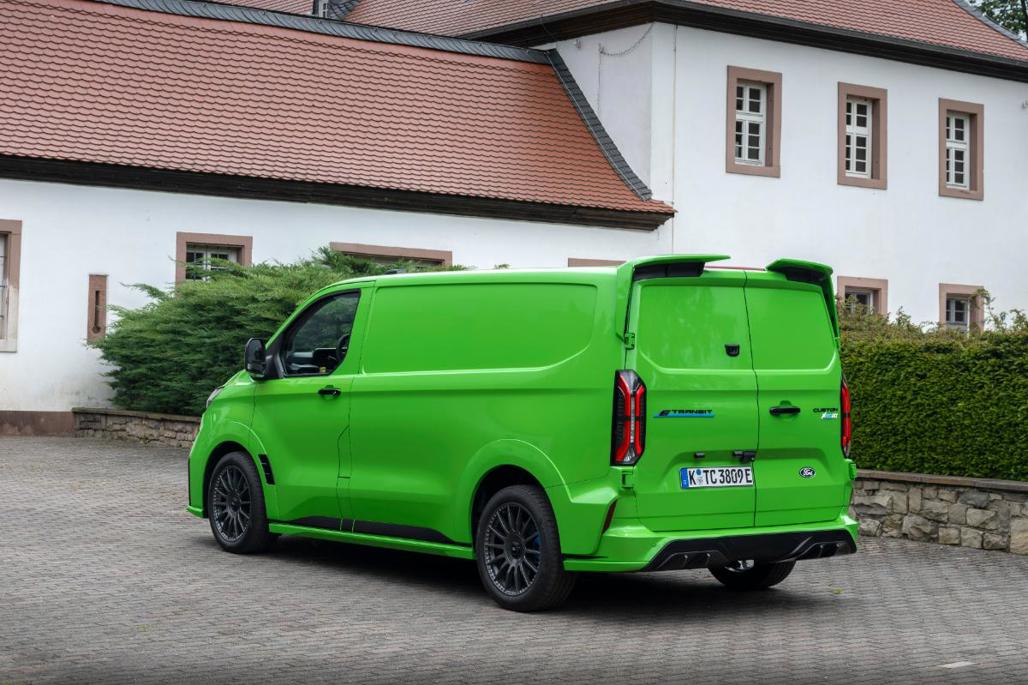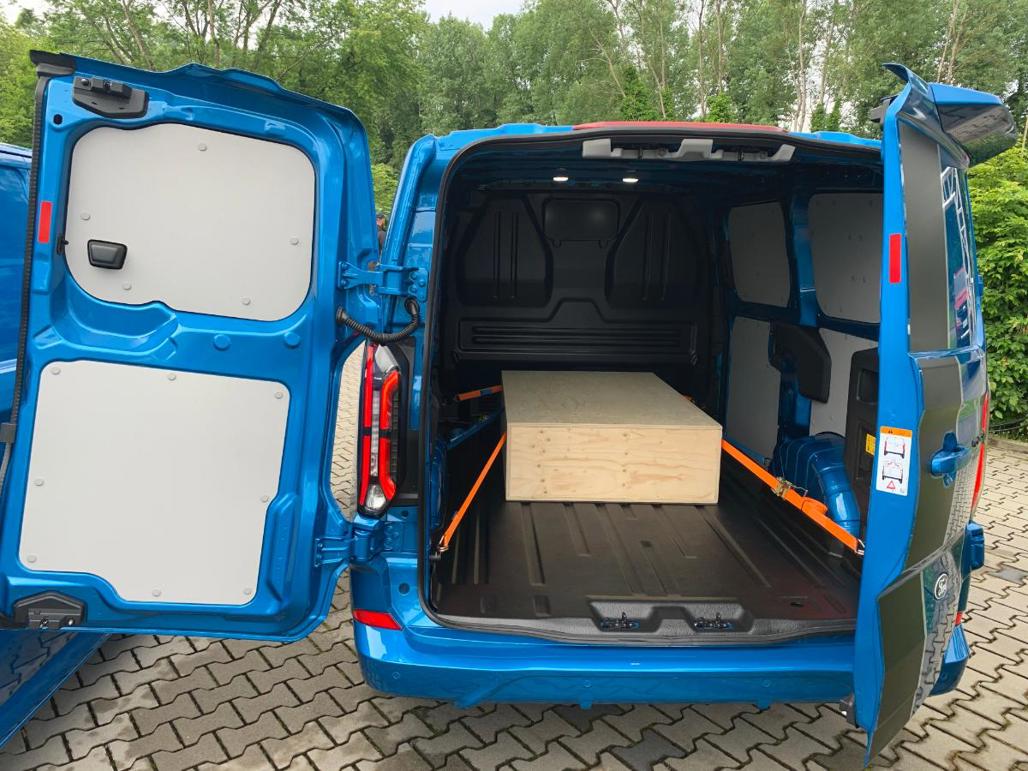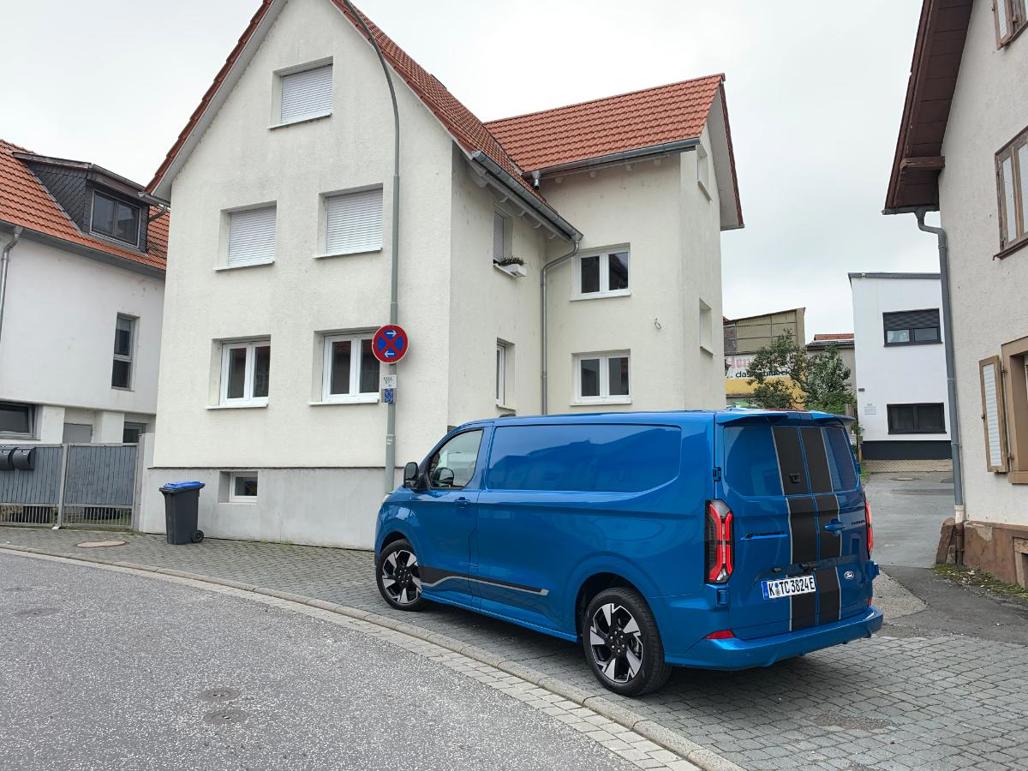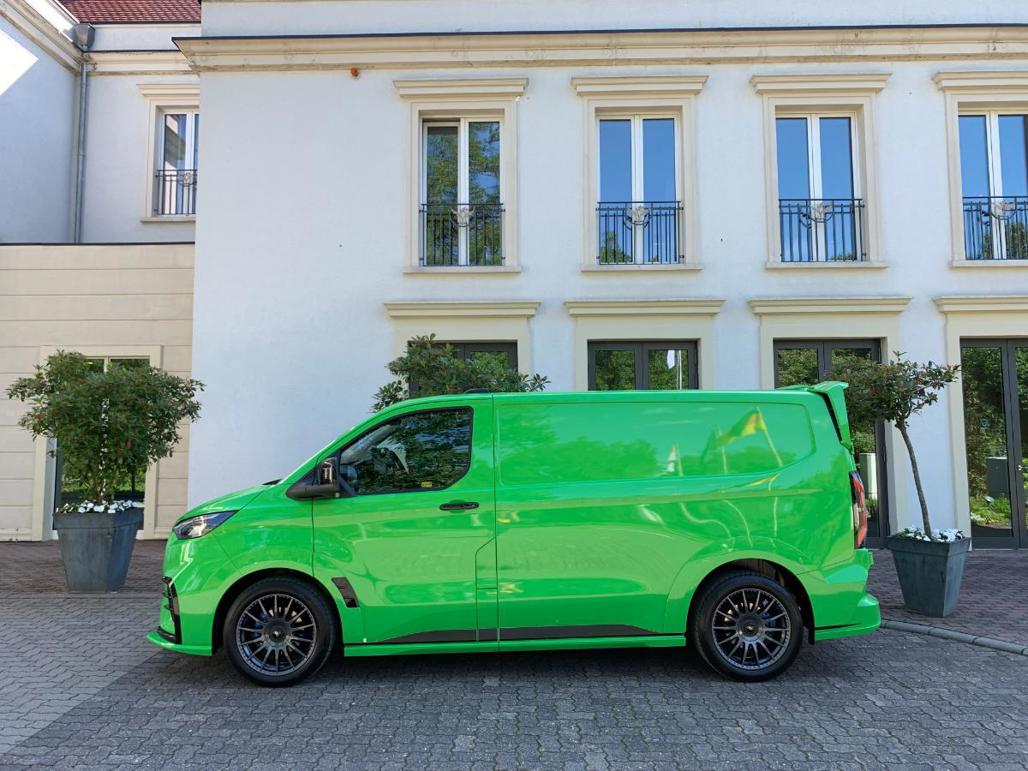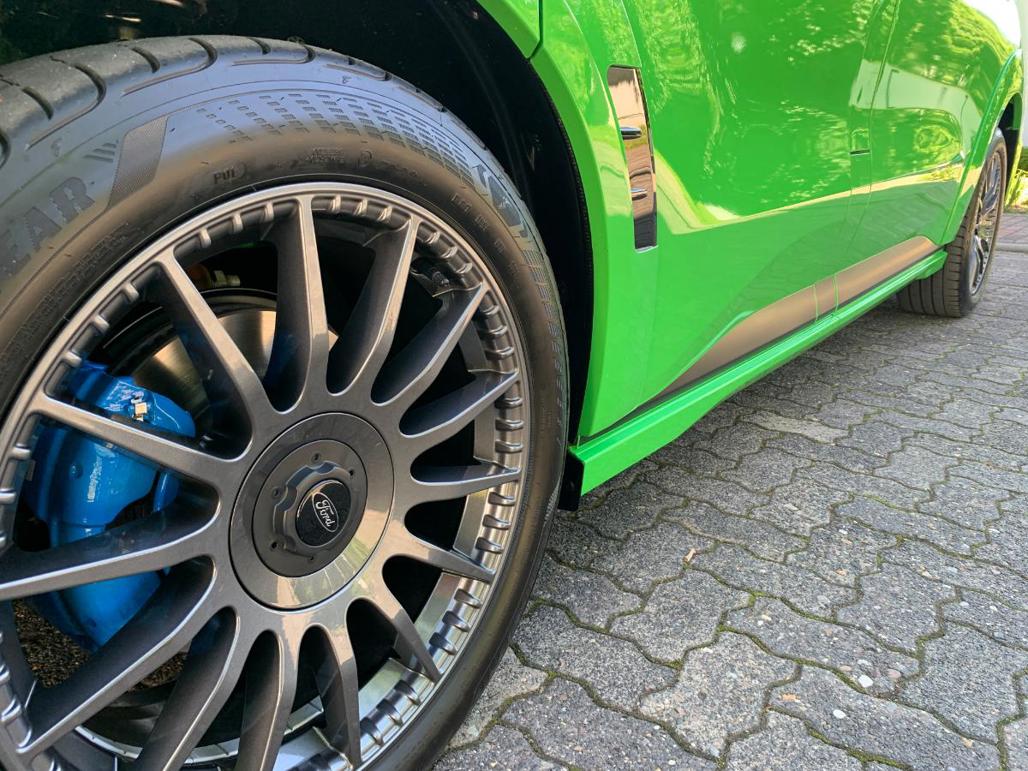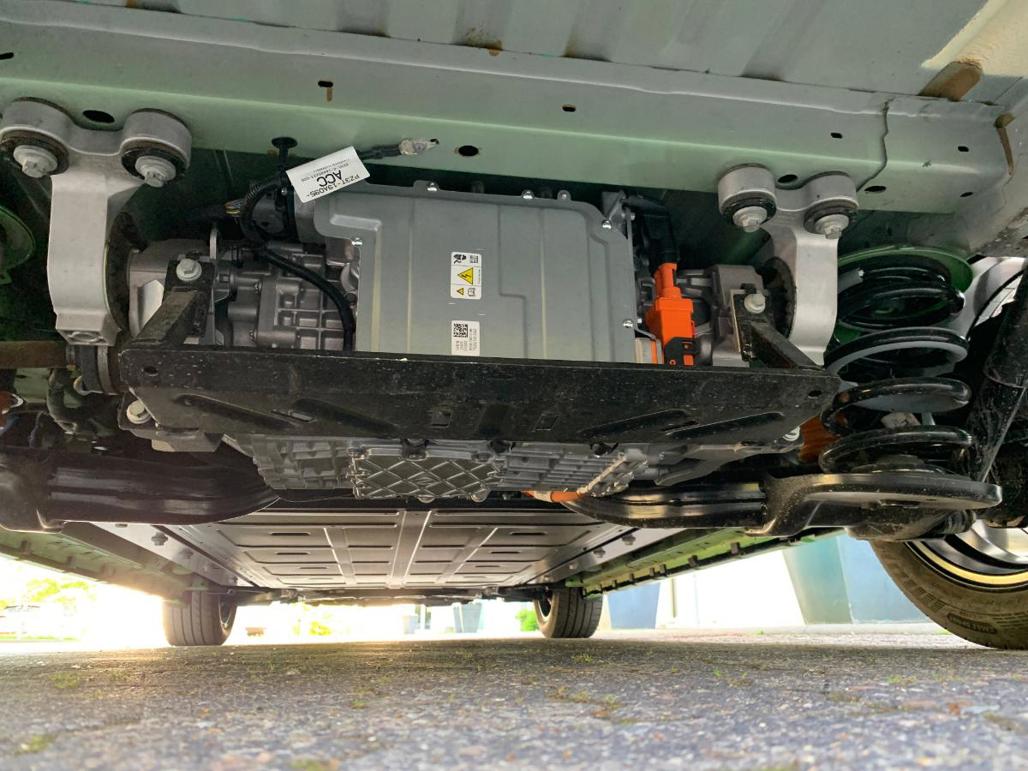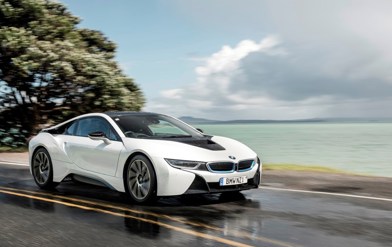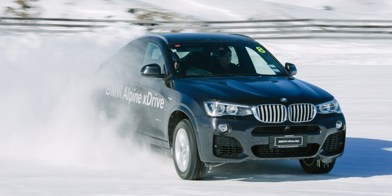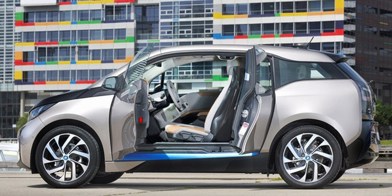Racers looks for seconds, sometimes tenths, to improve or be the best. With the new Ford E Transit Custom, it found up to 66 extra minutes in a work day for its customers.
Tradies and small and medium business are the obvious target for the Transit van, and to maximise every second of the workday, Ford trialled and trailed what it calls its butcher, baker and candlestick maker customers back in 2018, to assess and implement a range of user-friendly and time-saving features for its forthcoming E Transit.

As a result the new Transit Custom offers features such as auto locking and unlocking, automated closing windows, hazard lights and door locking, and hands-free door opening, all to help shave off up to 20 seconds per drop – there’s even an exit warning, for impending collisions with bikers or vehicles, and a kick-to-open mode where the driver kicks under the front of the cabin to open the cargo side door, all designed to expedite delivery expeditions. “With some of our customers doing up to 200 drops per day,” says Ford UK Experience Designer, Ian Salsbury, “on those repetitive actions, that’s over one hour saved per day”.

DRIVEN found itself in Frankfurt, Germany for the global launch of the new Ford E Transit Custom, which covers both the delivery van Transit and the people-mover Tourneo versions.
The big news is the addition of the pure battery drivetrain, which Ford says is significant for Ford business, a leader in its segment and important as the top-selling one-tonne payload van. “The electrification of Transit is a milestone moment as we believe it will help drive adoption for EVs,” says the apply named Peter Watt, Ford Communications.

Already established in the larger Transit van, the smaller Custom is more than just an electric van, with the connected abilities for charging and fleet management that turns it into a smartphone on wheels, to paraphrase the aptly named Watt.
“Reduction in operating cost, increase up-time are pivotal aspects for business,” he adds, with the pillars of Ford EV consisting of software, charging, service and financing, all improved aspects, from the sole owner-driver to the business fleets. A Ford smartphone helps manage the fleet, be it one or 100 vehicles, such as charging management to schedule a number of vehicles, or simply charge when energy rates are lower.

New Zealand is earmarked for both EV and ICE models when it arrives later this year: the E Transit Custom Sport and E Tourneo Custom Titanium both have the 160kW rear-wheel drive layout, and a 64kWh battery, which Ford says is good for 337km of WLTP range. That might sound on the low side to some, but Ford UK suggests it’s four-times the typical customer use – at least in the UK.

Charging is via either an 11kW AC three-phase, or 125kW DC, which claims to go from 10-80 per cent charge in 39 mins, or 82km of range in 10 mins.
For those not ready for the jump full-time into EV for the new Transit, and preferring an ICE powertrain, diesel continues. In fact, the first shipment of Transit diesels with the 125kW/390Nm, 8-speed automatic and front-drive has already arrived. Both standard and long wheelbase models are available.
There is also the Tourneo Trend diesel bus, in long-wheelbase format.

Our German journey focuses on the three models likely to land down under, the E Transit Custom Sport (EV), the E Tourneo Custom (EV), and the Tourneo Custom (diesel).
Starting with the Transit Custom Sport: with the stripes, it’s easily identifiable, and offers the rear-wheel drive dynamics of traditional vans. With 100kg of weight reduction and a 30 per cent stiffer body, there’s also and a 13 per cent improvement in aerodynamics, it’s more EV-friendly.

Transit, of course, is all about load and access, and the side door is wider at more than 1 metre, payload is up to 1100kg, the rear door and hinges designed for both aero efficiency and practicality, with the doors opening both out and around and a low and wide step for maximum access, and a roof height under 2 metres for typical underground carpark access.

New for this model is independent rear suspension across the range of both EV and ICE models, with specific suspension tunes. For our Transit drives, Ford had loaded up 500kg of ballast in the back. There’s also a tow rating of 2300kg.

Driving all three models in and around Frankfurt and the autobahn, it’s apparent the EV response is very smooth and linear, and kind to loads in the back. There isn’t the instant rush of an EV, instead a smooth and progressive but a linear lift in acceleration. It’s perky and responsive, but also EV-quiet and smooth, with different drive modes offering a more reactive throttle, though we found Normal was best. One-pedal mode is also offered, though not entirely needed.

The cabin is very car-like, with a 13-inch touchscreen angled towards the driver, with both wireless CarPlay/Auto and three USB points up high near the mirror, upper dash level, and also down near the knees, all designed to aid practicality and avoid powerlines running in all directions. There’s also a wireless smartphone charging pad, an airbag in the passenger side roof allowing more storage in and on the dash, plus a mobile office pack that includes Transit Custom’s biggest party piece, a tilting steering wheel that acts as both laptop holder, at an angle, and also lays flat for a table for lunch or workbench, with the insert pulled from its own storage cubby alongside the driver’s seat – reinforcing it as both a workstation and, er, playstation.

The steering column-mounted E-shifter also cleans up the floor making slides across to the passenger side easier and safer for kerbside exits. A 5G modem is standard, which also offers over-the-air updates.

Ford has also introduced a patented vapour-injected heat pump, which is used to heat and cool the cabin, and minimise the effect on EV range.
Ford claims the new EV Transit Customs will offer up to a 40 reduction in cost of ownership over diesel, and offers a 2 year unlimited km, 8 year 160,000km warranty. NZ is yet to confirm warranty details but currently offers a 5-year, 100,000km service plan on its larger Transit Cargo EV vans.
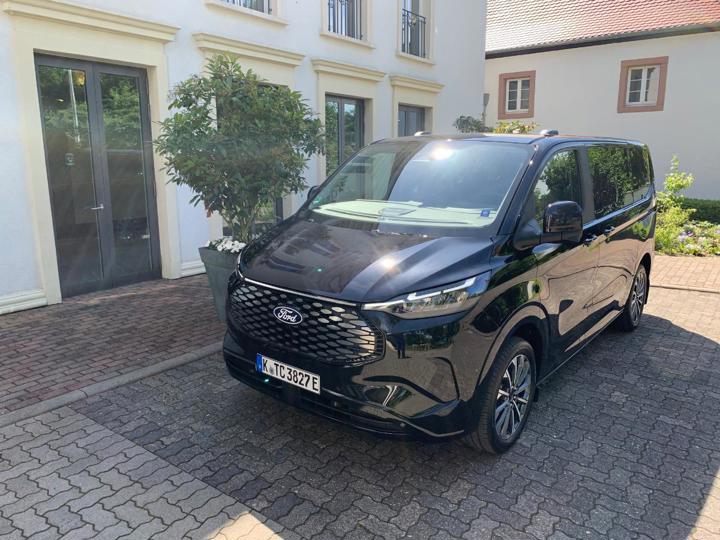
The diesel-powered front-wheel drive Tourneo Custom offers 125kW and plenty of gear in the Titanium spec level, such as 19-inch wheels, B&O audio system and power-sliding side doors. An engine taken from the UK Cougar, it’s super quiet and very impressive, and offers plenty of acceleration and performance, a premium comfort feel and up to eight seats in a 3x2x3 format.
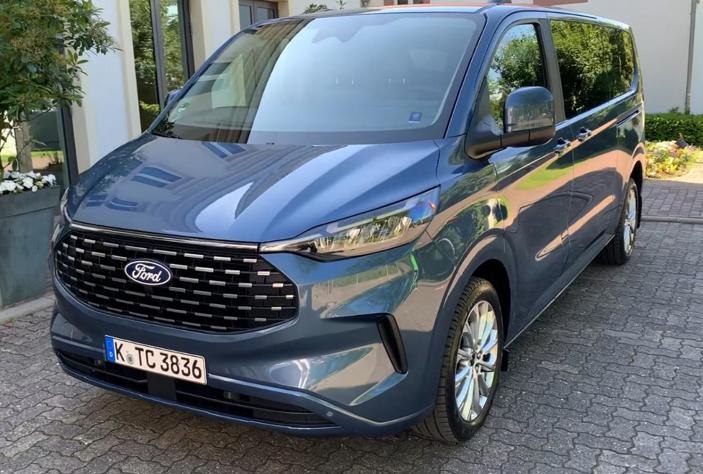
The second and third rows of seats are on sliding tracks allowing not just adjustable legroom for either row or luggage space, but the ability to flip the seats around or be removed completely. USB-C ports dotted around the rows, along with phone holders, vents and a rear climate control system - all very passenger friendly.

But it’s the panoramic sunroof that really opens up the daylight and ride experience – though no blind or cover is offered, which might mean that AC (or heating) is pumping a bit harder on those NZ summer (and winter) days. Even boot space is big enough to accommodate those passengers’ luggage.

Reinforcing there’s a bit of passion in the new Transit Custom range is the M-Sport Road Technology version (MS-RT), offered to us in its retina-splitting "yellow green" (that's what FOrd calls it!), which offers a deeper front bumper, wild rear winglets and sporting driver’s seat.

With more power, up to 210kW, it’s also faster from the mid-range up, offering a faster experience with 0-100km/h in the 7-second range, even while hauling 500kg. Though not confirmed for NZ, a small handful would be an awesome addition to the range without sacrificing its van useability.
Pricing will be around $92,490 for the Ford E Transit Custom, and $106,990 for the E Tourneo Custom Titanium when deliveries are expected in the latter part of 2024.

